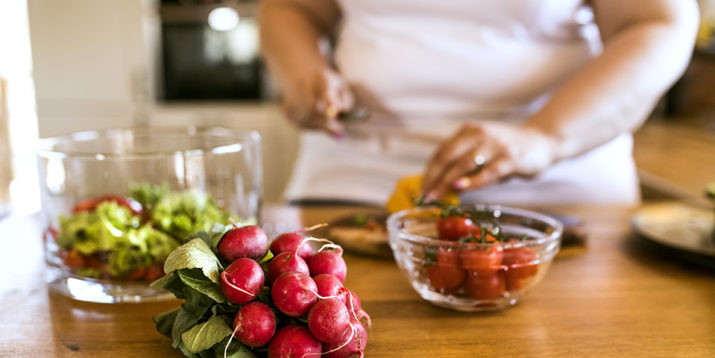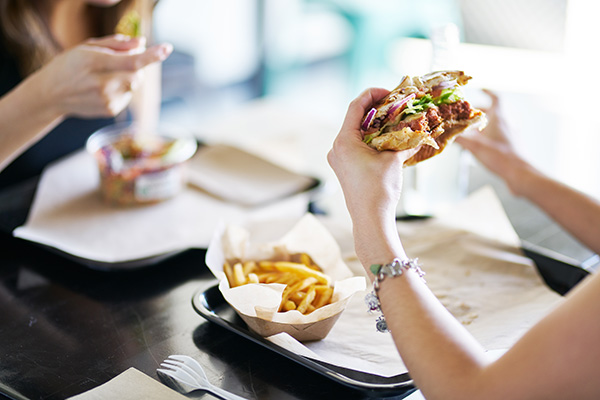What Is a “Muffin Top” and How Do I Get Rid of It?

Chances are, you’ve heard someone complaining about their “muffin top”
Alas, they’re not talking about perfectly-crusty top of a blueberry muffin or pumpkin muffin.
More likely, the “muffin top” in question is a common problem area around the midsection and includes what many people refer to as love handles.
Here’s what causes this stubborn belly fat and what you can do to prevent it.
What Is a Muffin Top?
“Muffin top” is a slang term used to describe an accumulation of fat around the midsection, just above the hips.
In tight-fitting pants, this extra fat may spill out over the waistband — “just like a muffin above the paper cup,” explains Robert Ziltzer, M.D., FACP, FAAP, obesity medicine physician and coauthor of “Chasing Diets.”
Two types of belly fat may contribute to a muffin top, Ziltzer adds: subcutaneous fat (the soft, pinchable fat just below the skin) and visceral fat (a deeper layer of fat that surrounds the abdominal organs).

What Causes a Muffin Top?
A few factors can make this midsection bulge more likely to occur:
Diet
Much like actual muffins, “muffin tops” are also made in the kitchen.
Consuming excessive calories every day can contribute to fat storage around the midsection, so make sure you are burning more calories than you are eating, says Brittany Noel Robles, M.D., M.P.H., C.P.T., an OBGYN and NASM-certified personal trainer.
Heredity
Genetics determine how and where you store fat, Ziltzer says. While you can’t control your genes, exercise and healthy eating can help with fat loss.
Stress
Anxiety, worry and distress can also play a role in creating those midsection rolls.
“Stress leads to the release of cortisol in your body, which tells your body to hold on to that fat, specifically in the midsection,” says Abby Nouis, ACSM-certified personal trainer and facility director of QuickHIT Fitness in Madison, WI.
Stress can also lead to emotional eating, which can contribute to weight gain.

Lack of exercise
If you aren’t burning more calories than you’re eating, those extra calories can definitely land around your middle.
Whether you prefer HIIT, barre, dancing, or boxing, make sure you’re moving your body every day.
Not enough sleep
Research suggests a shorter sleep duration may be associated with a higher body mass index, waist circumference, and subcutaneous fat storage.
“Sleep deprivation has an effect on your appetite, cravings, and mood,” Nouis says, and it can also affect your motivation to exercise.
Meditation or stretching before bed can help you unwind get a good night’s rest.
Can I Lose My Muffin Top?
Yes — but it requires hard work and patience.
“It is definitely possible to lose the muffin top,” Robles says. “However, it is not an overnight fix.”
It isn’t possible to spot-reduce fat from specific problem areas. But as you lose overall body fat, you’ll see your midsection shrink.
To that end, your best weight-loss approach is a multi-channel one that addresses the controllable contributing factors, including diet, exercise, sleep, and stress reduction, Robles adds.
Maintaining a healthy diet and appropriate calorie intake is key.
Nouis recommends getting plenty of nutrient-dense foods — like broccoli, kale, Brussels sprouts, cabbage, spinach, and cauliflower — along with protein.
Last but not least, don’t overlook self-care.
Finding healthy ways to deal with stress can help reduce cortisol levels in your body and help you sleep better at night , both of which may help you ward off that muffin top.
